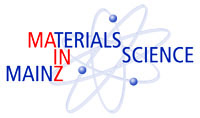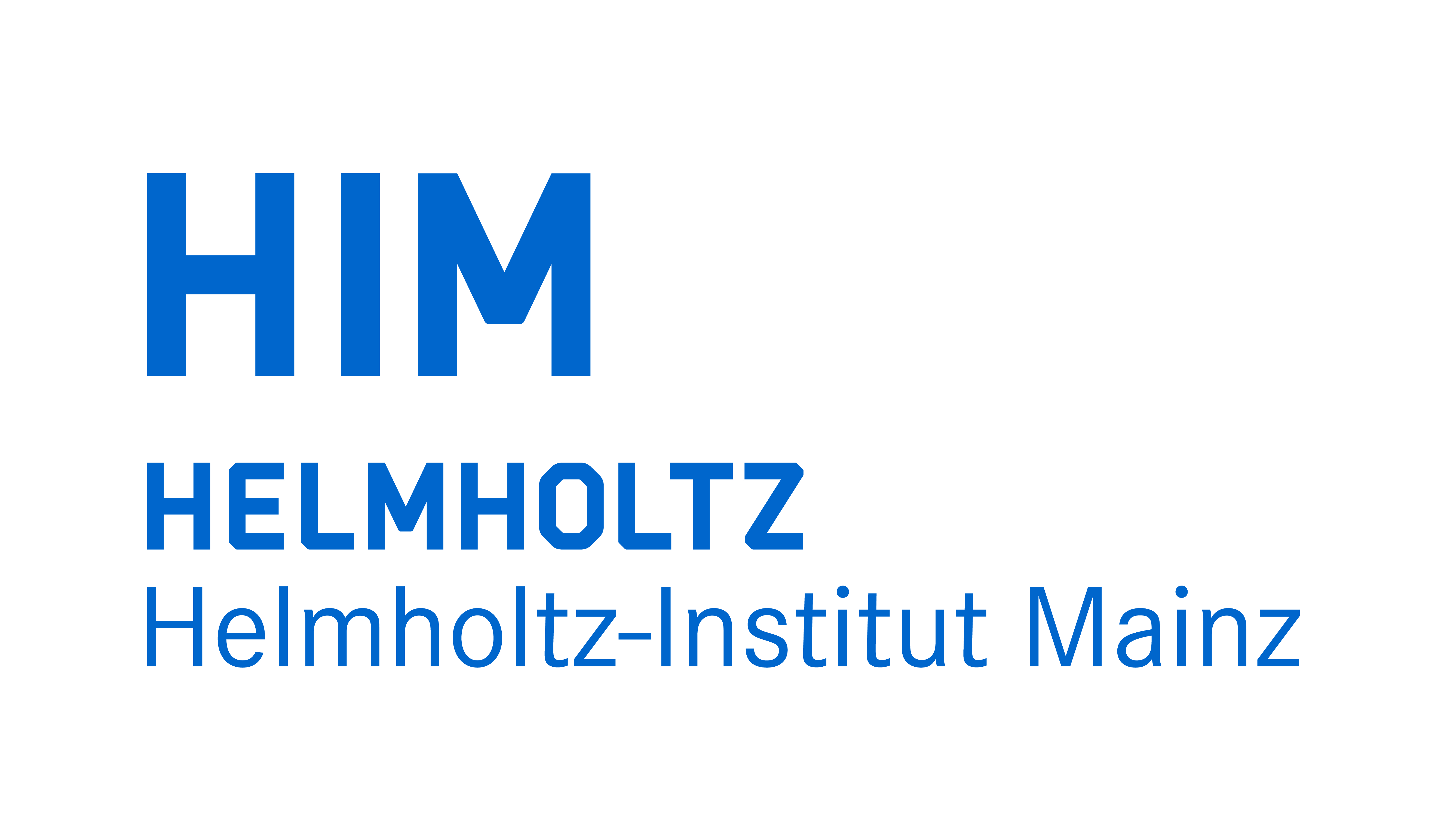


Physikalisches Kolloquium
Feb. 9, 2010 at
5 p.m. c.t.
in
Hörsaal des Instituts für Kernphysik, Becherweg 45
Prof. Dr. Friederike Schmid
Institut für Physik
friederike.schmid@uni-mainz.de
Prof. Dr. Hartmut Wittig
Institut für Kernphysik
hartmut.wittig@uni-mainz.de
Planck-like radiation from nuclear collisions and the QCD phase transition
Prof. Dr. Hans J. Specht (Heidelberg)
Nuclear collisions at ultrarelativistic energies explore the transition from ordinary hadronic matter to a plasma of quarks and gluons - a state of matter that presumably existed in the first few microseconds of the universe. Experimental access to the different stages of the system evolution is most directly possible with freely emitted probes such as photons and lepton pairs, in analogy to neutrino emission from the interior of the sun. After 25 years of research, the NA60 experiment at the CERN SPS has now successfully identified thermal lepton pairs, confirmed their expected Planck-like characteristics and measured the associated temperatures both above and below the transition. The results are consistent with the conjecture of two qualitatively different phases.